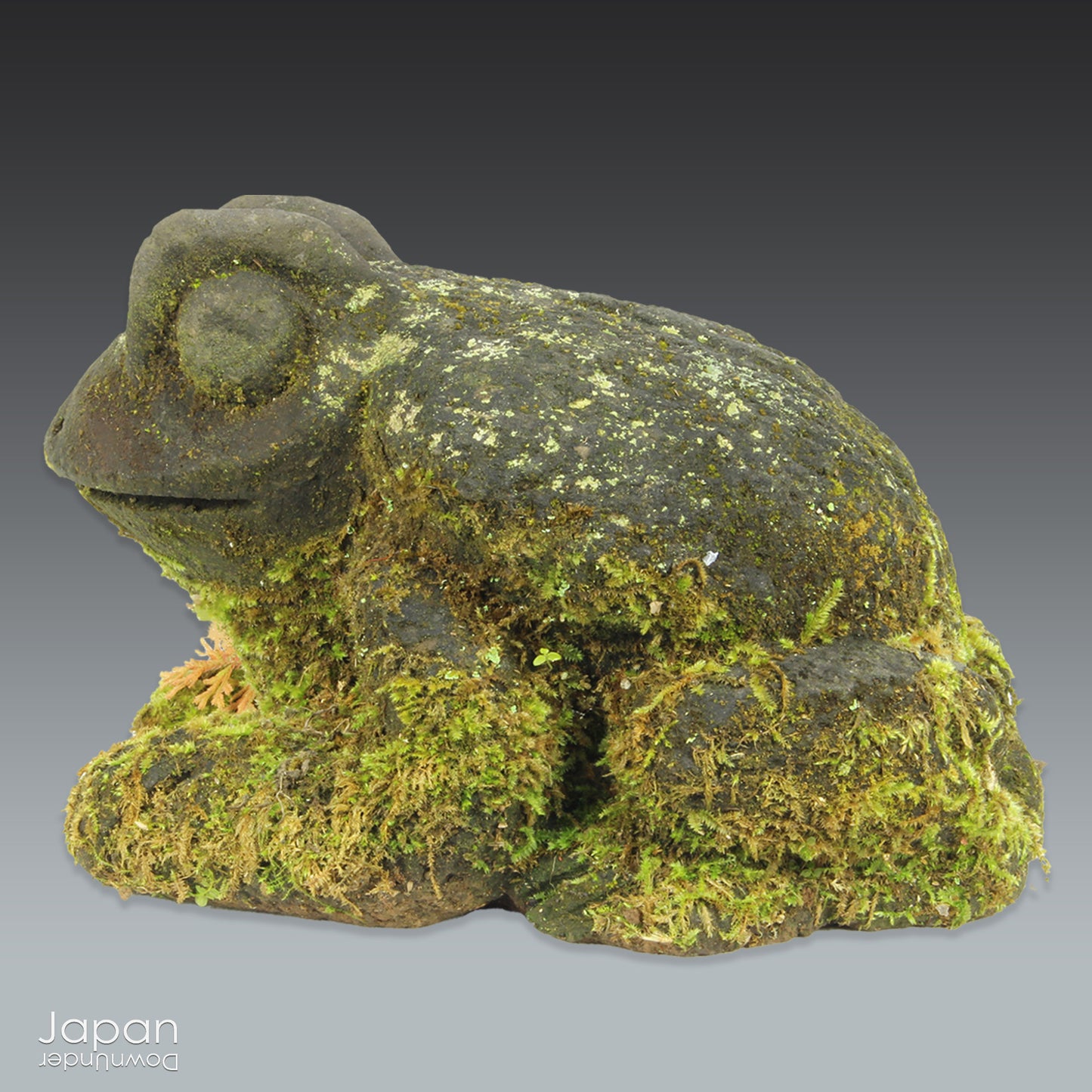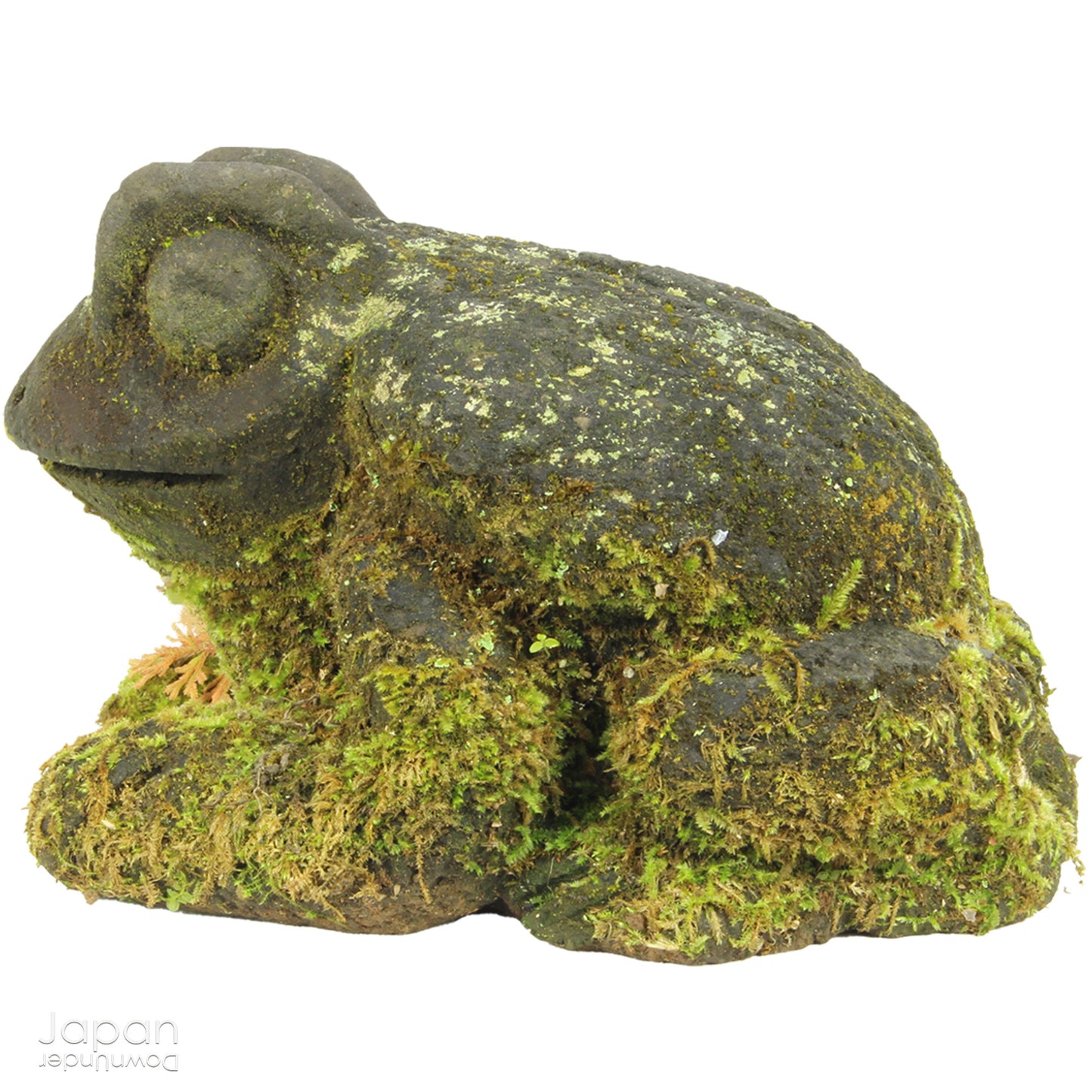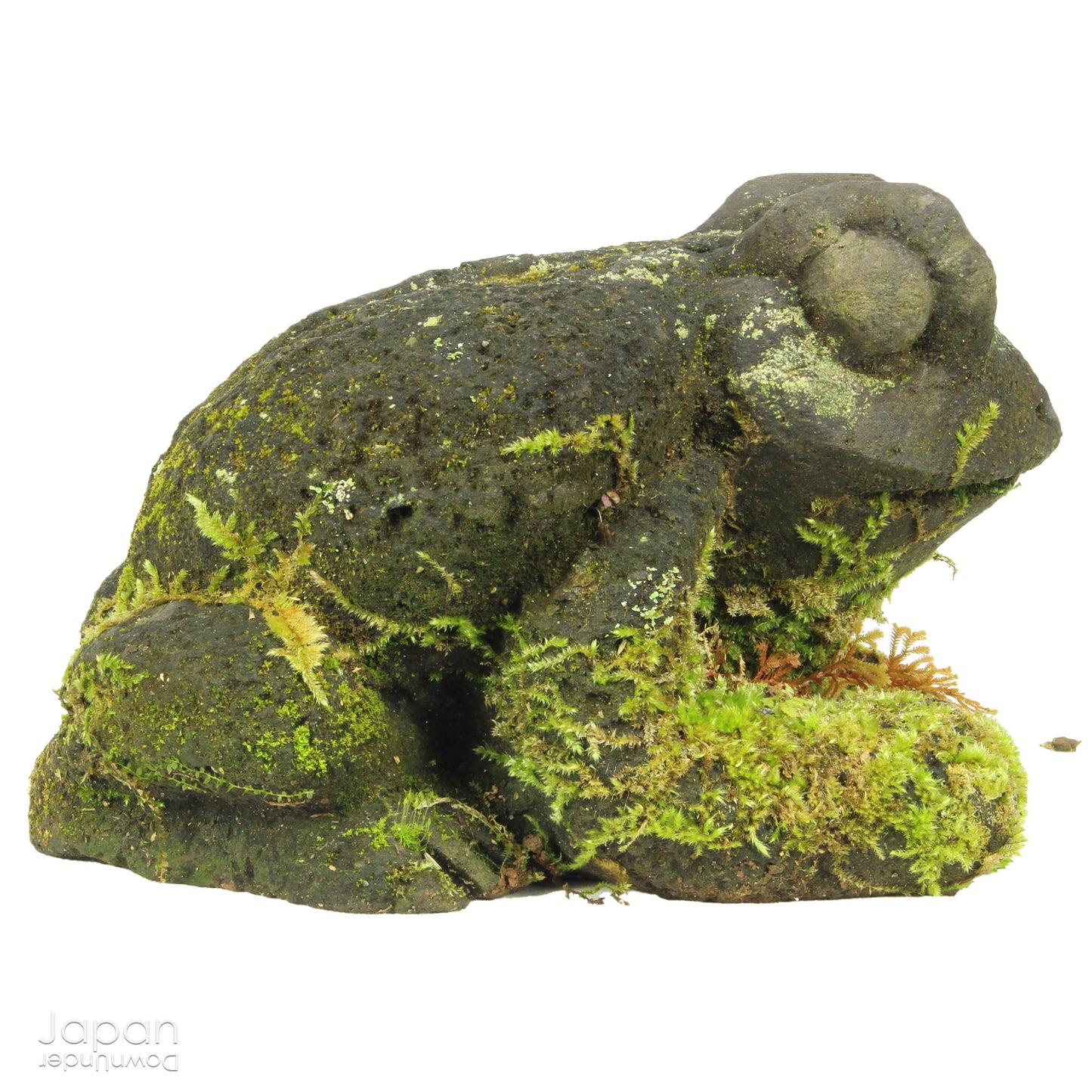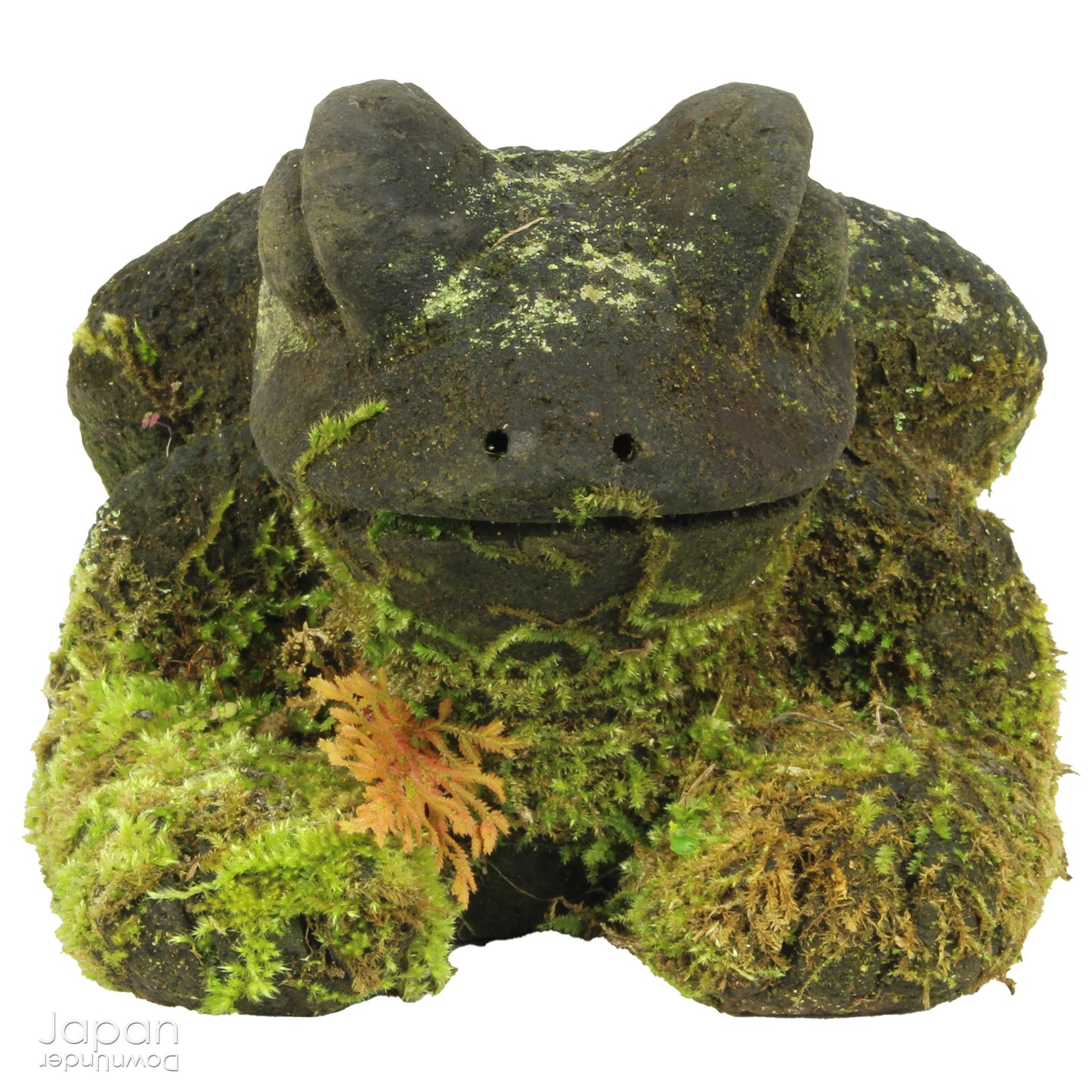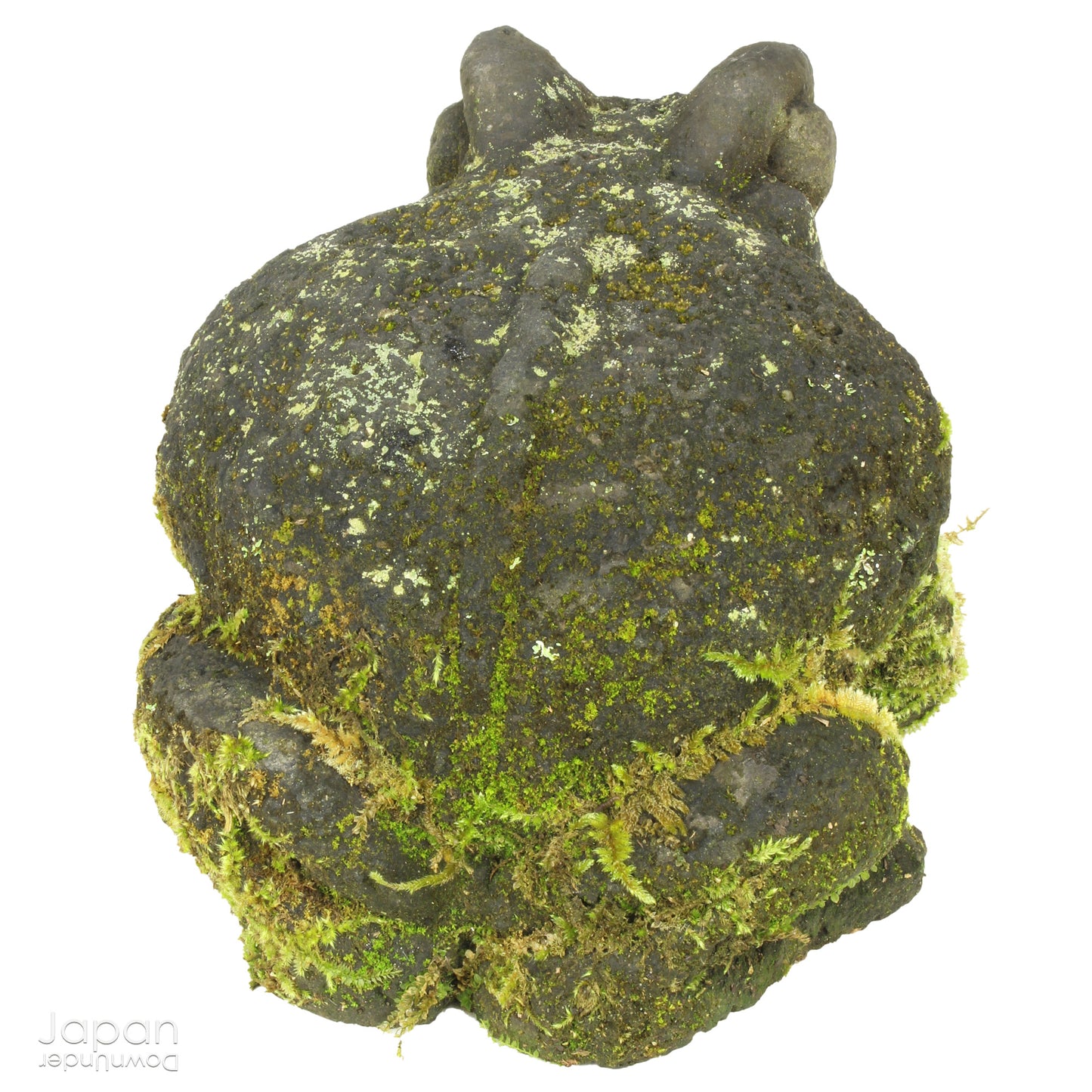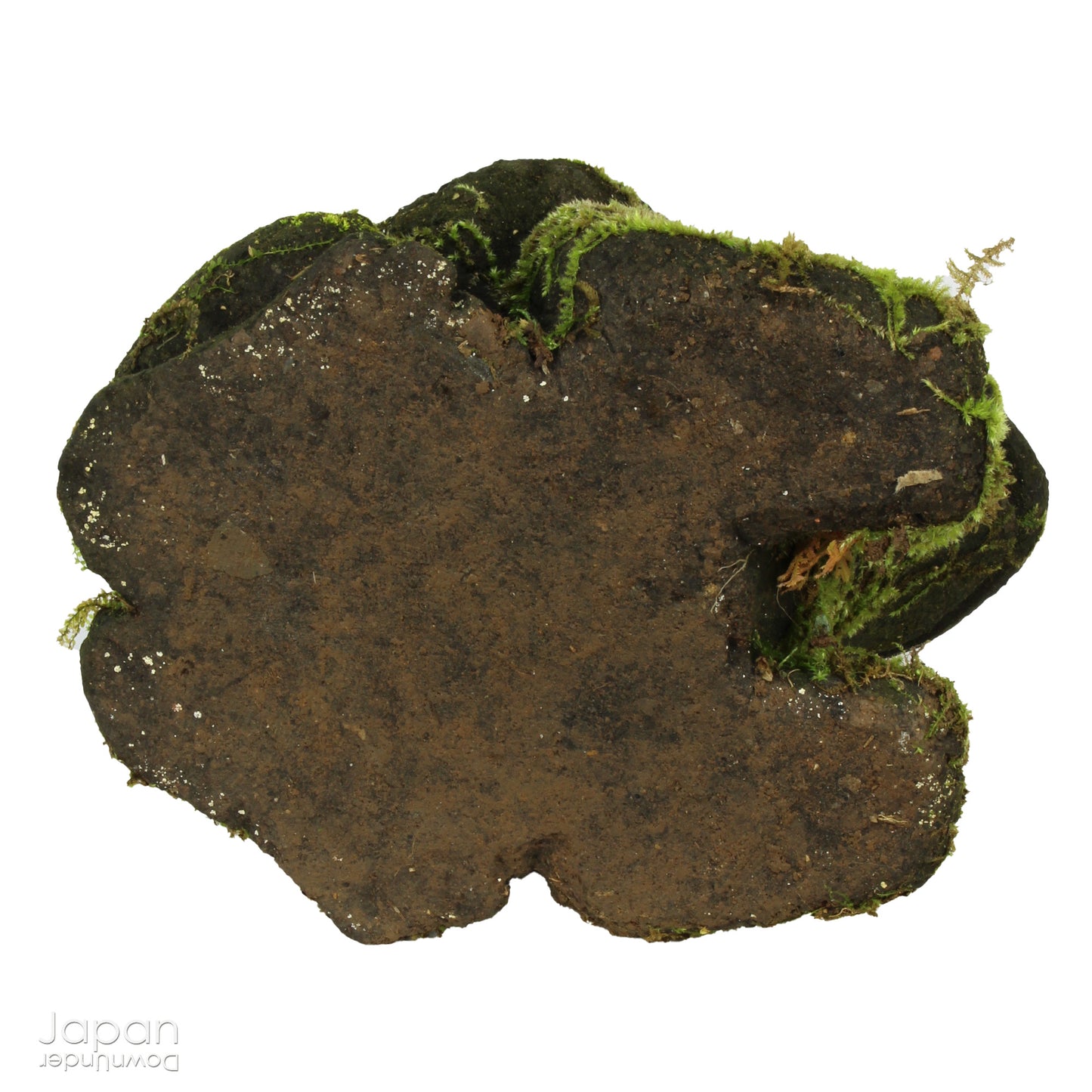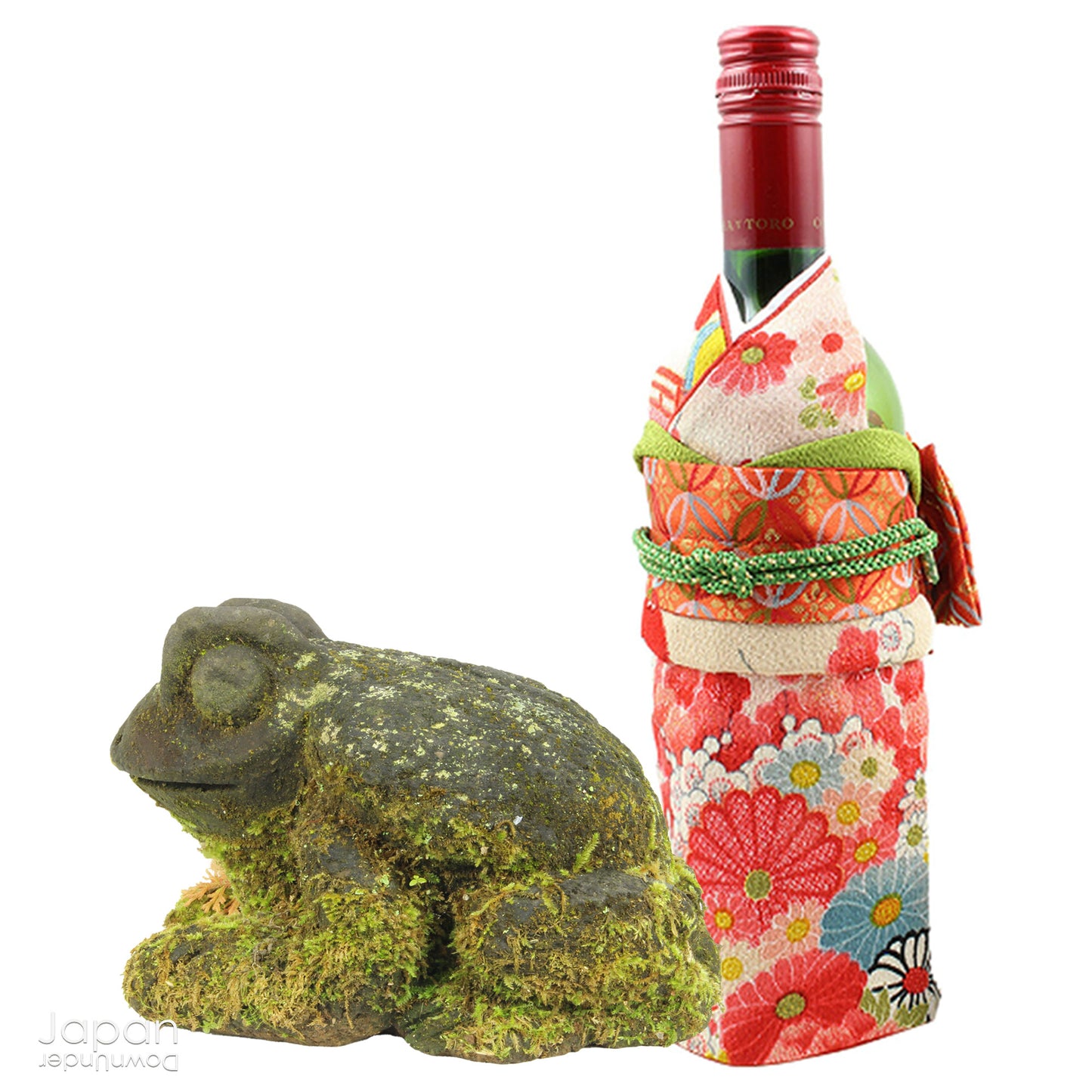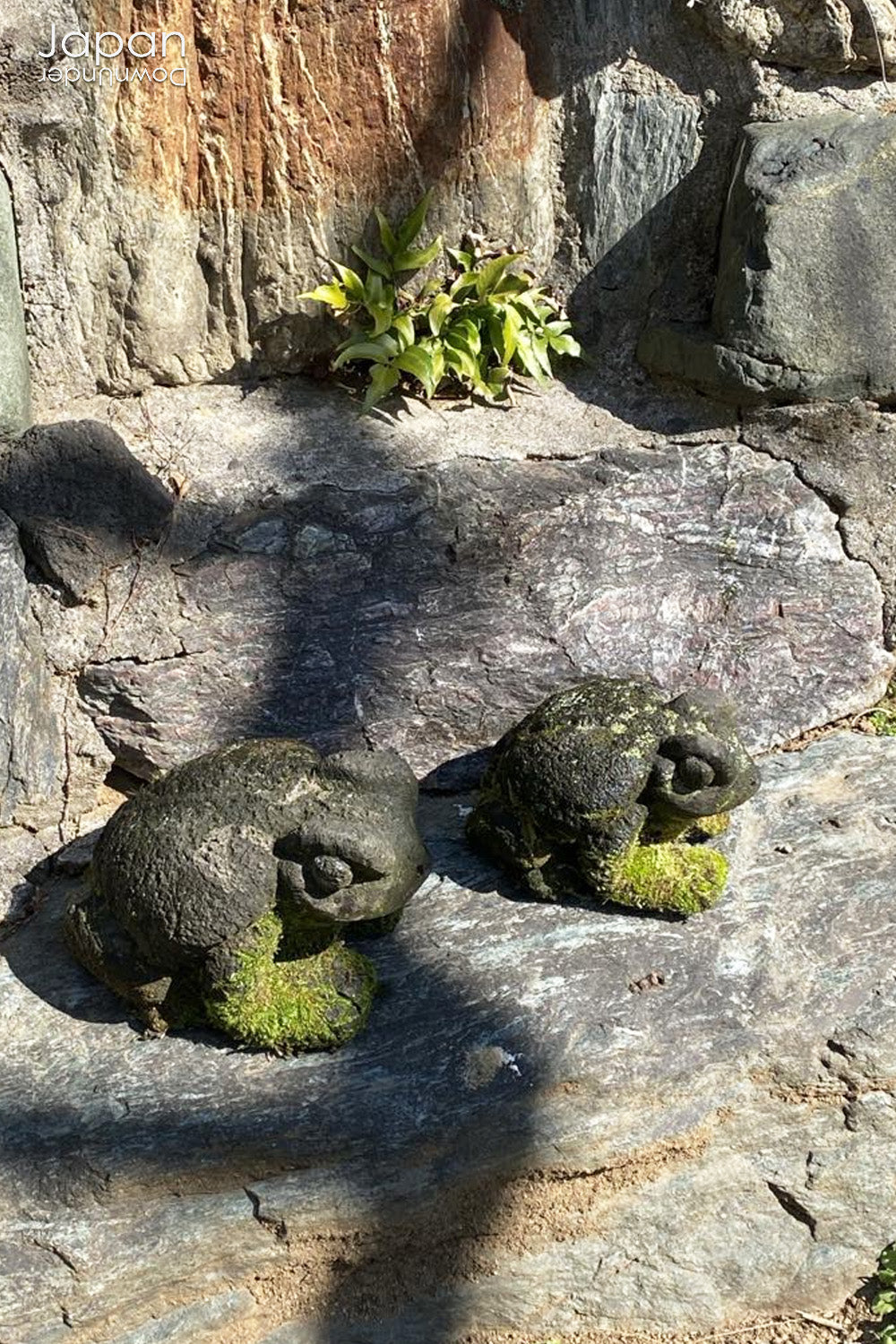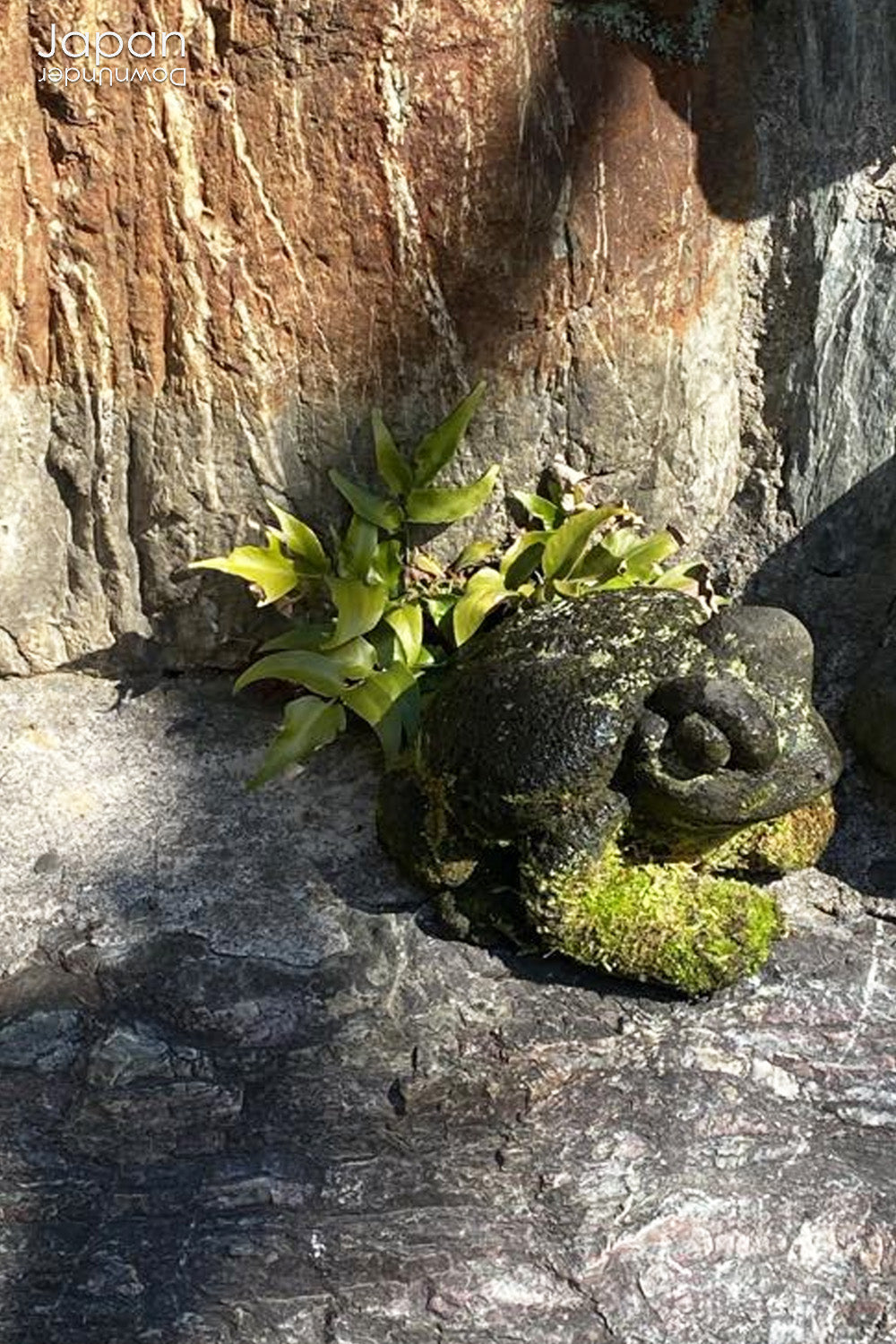JapanDownUnder
small quaint handcrafted frog garden ornament - good luck charm in volcanic stone
small quaint handcrafted frog garden ornament - good luck charm in volcanic stone
Couldn't load pickup availability
Love Japanese Style like We Do
Transform your garden or indoor space with the timeless beauty and positive energy of our traditional Japanese stone frog garden decor. Known for symbolizing good fortune, luck, and protection, this delightful frog will bring a sense of tranquility and joy wherever it is placed.
Expertly crafted from volcanic stone, the frog is a unique and meaningful piece of art, embodying centuries-old symbolism. In Japan, the frog, or Kaeru, is believed to bring good things back into your life - whether it’s wealth, success, or a safe return home. The word Kaeru not only means frog, but it also means "to return," connecting this charming amphibian to the flow of positive energies.
The frog is a powerful symbol of abundance, as frogs are known to lay vast numbers of eggs, reflecting prosperity and growth. Its ability to only leap forward symbolizes progress, making it an ideal charm for those looking to attract good luck, particularly in business and career. In the Shinto tradition, frogs are regarded as sacred messengers to the gods, further enhancing their mystique and charm.
Handcrafted in Kyushu from Tuff, a volcanic stone from Mt. Aso, this frog is not only beautiful but also durable. The porous nature of the stone encourages moss to grow effortlessly, both indoors and outdoors, adding to its serene, natural appeal. With its calming color and texture, it seamlessly blends into any setting, creating a peaceful atmosphere.
Perfectly sized for small apartment gardens, indoor spaces, or as a charming focal point in your garden, this sweet little frog is lightweight and easy to move around. It’s in excellent condition and will be a beloved addition to your decor for years to come.
Embrace the magic of Japan with this enchanting frog decor, where beauty, symbolism, and good fortune unite in perfect harmony.
- measures around 13.5 cm (5.3") tall x 19.5 cm (7.7”) across x 15 cm (6”) deep.
- weighs 2,774 kg,
(When photographed the frog had moss. This may disappear depending on the time of purchase)
SHIPPING INFORMATION
- please read our shipping notes in shipping policy.
- we use recycle packaging and wrap for safety, rather than appearance.
ABOUT OUR VINTAGE, ANTIQUE AND OTHER ITEMS
We list pieces we feel are worthy of display. There may be scratches, dents, fading and signs of wear and tear. We try to explain the condition of each item exactly, but may miss something.
Information regarding the item and it’s age is obtained from dealers and our personal research. We do our best to give you the correct information but please be aware that we cannot guarantee this information.
Please message us prior to purchase with any questions you may have about our products.
FROG SYMBOLOGY IN JAPAN
Frogs are iconic symbols in Japan, embodying the idea that good things will return into one's life.
The Japanese word for frog, kaeru, is pronounced the same as the verb kaeru, meaning “to return.” This phonetic coincidence has made frogs powerful symbols of return, especially in relation to wealth, good fortune, and safe returns. Common phrases like Iki-kaeru (“come back to life”), Fukuga-kaeru (“good fortune returns”), and Okane-ga-kaeru (“money returns”) reflect this cultural significance.
In Japan, it’s common to place money near frog statues - whether at Shinto shrines, Buddhist temples, or roadside statues - as a wish for financial stability or the return of something precious.
Many Japanese people carry frog charms in their wallets, hoping to bring back money that has left their wallet, or place frog figurines in their homes and workplaces to attract good fortune.
Frogs are also associated with fertility, rebirth, and abundance due to the vast number of eggs they lay - around 1,500 at a time. Their distinctive ability to leap forward also gives them a positive, progressive connotation, reinforcing the belief that they bring good luck, particularly in career or business.
Beyond their linguistic connection, frogs also hold an important place in Japanese folklore and religious practices. In Shinto, Japan’s indigenous religion, frogs are seen as messengers of the kami (gods), bringing blessings and ensuring the safe return of travelers.
Historically, frogs also appear in the famous Scrolls of Frolicking Animals and Humans, produced between the late Heian and Kamakura periods (1185–1333), which features a well-known scene of a rabbit and frog sumo wrestling while other animals chase a fleeing monkey.
ABOUT YAME STONE SCULPTURES
Yame City, located in Kyushu, has a long history of stone craftsmanship, largely due to the abundance of Tuff, a volcanic rock formed by the eruption of Mt. Aso. The skilled artisans, known as ishiko, have passed down masonry techniques like stone cutting, processing, and stacking over the centuries. The tradition of stone lanterns in the region dates back to the early Edo period, with the oldest surviving examples dating from the Bunkyu Period (1861-1864).
In addition to lanterns, stone sculptures - such as human figures and animals - have been unearthed across the Yame Hills. These date back to the Kofun Period (300-538 AD), suggesting that stone sculpture has been a part of the region’s culture for many centuries.
It was during the Taisho Period that Yame Stone sculptures began to take form in earnest. Today, Yame is recognized as one of the four major stone lantern production areas in Japan, alongside Okazaki City in Aichi Prefecture, Takamatsu City in Kagawa Prefecture, and Izumo City in Shimane Prefecture.
The Advantages of Tuff Stone for Garden Sculptures:
- Tuff, sourced from Mt. Aso, is softer than more rigid stones like granite, making it ideal for carving and engraving. This stone, formed from consolidated volcanic ash, boasts excellent heat and cold resistance, along with remarkable durability.
- Tuff’s porous structure, full of cracks and crevices, makes it lighter and more portable than granite, which also simplifies handling and transport.
- Due to its porous nature, tuff stone absorbs and retains water effectively, encouraging the growth of moss and other plants both indoors and outdoors. When dry, the stone takes on a whitish hue, while it darkens when wet.
One of the distinctive features of Yame stone lanterns is the Shizenbokugata style, which mimics the natural form of trees. Unlike traditional lanterns, which are crafted with precise measurements, Shizenbokugata lanterns are shaped intuitively by the artisan, with no fixed dimensions. Each lantern reflects the personal touch of the creator, with every piece possessing its own unique character and charm.
Share
